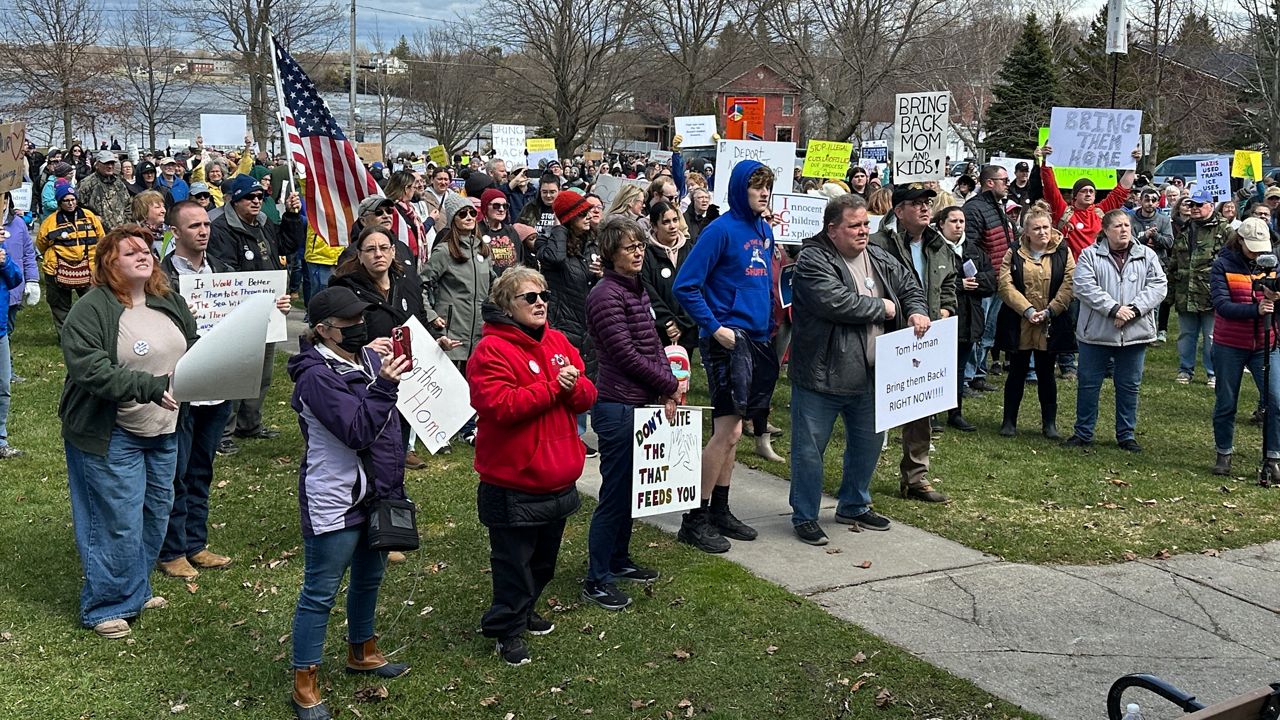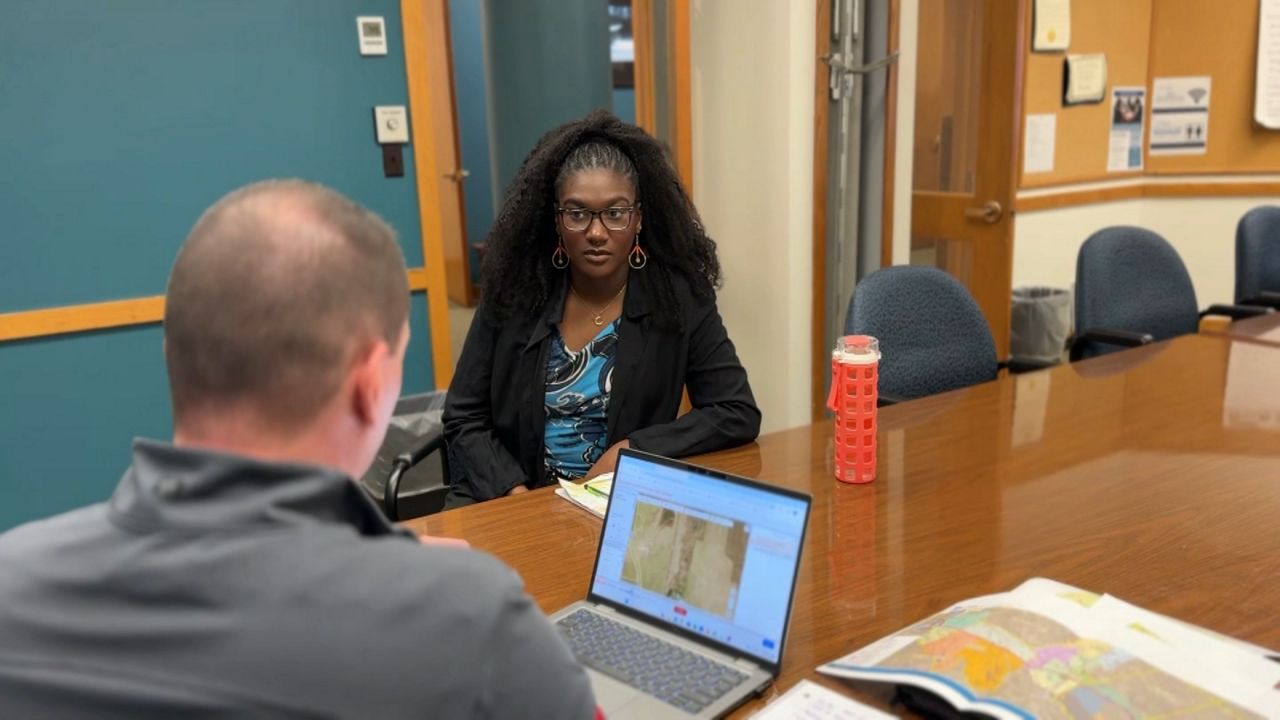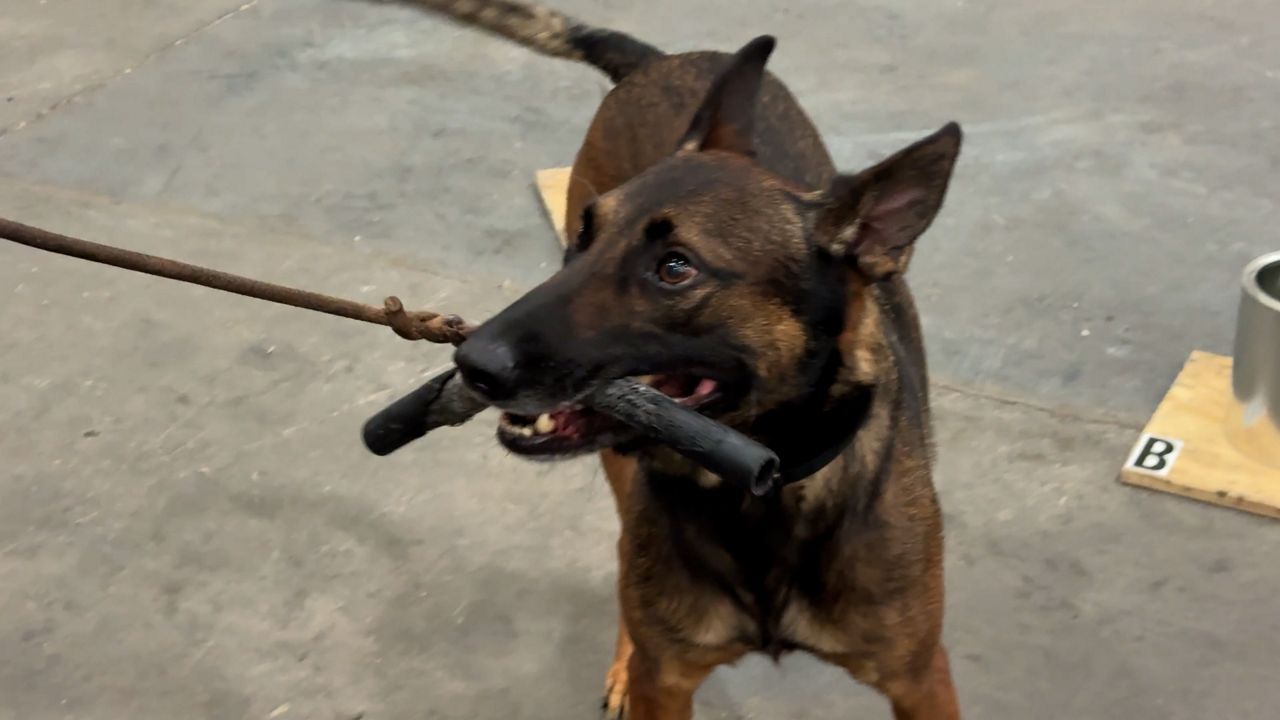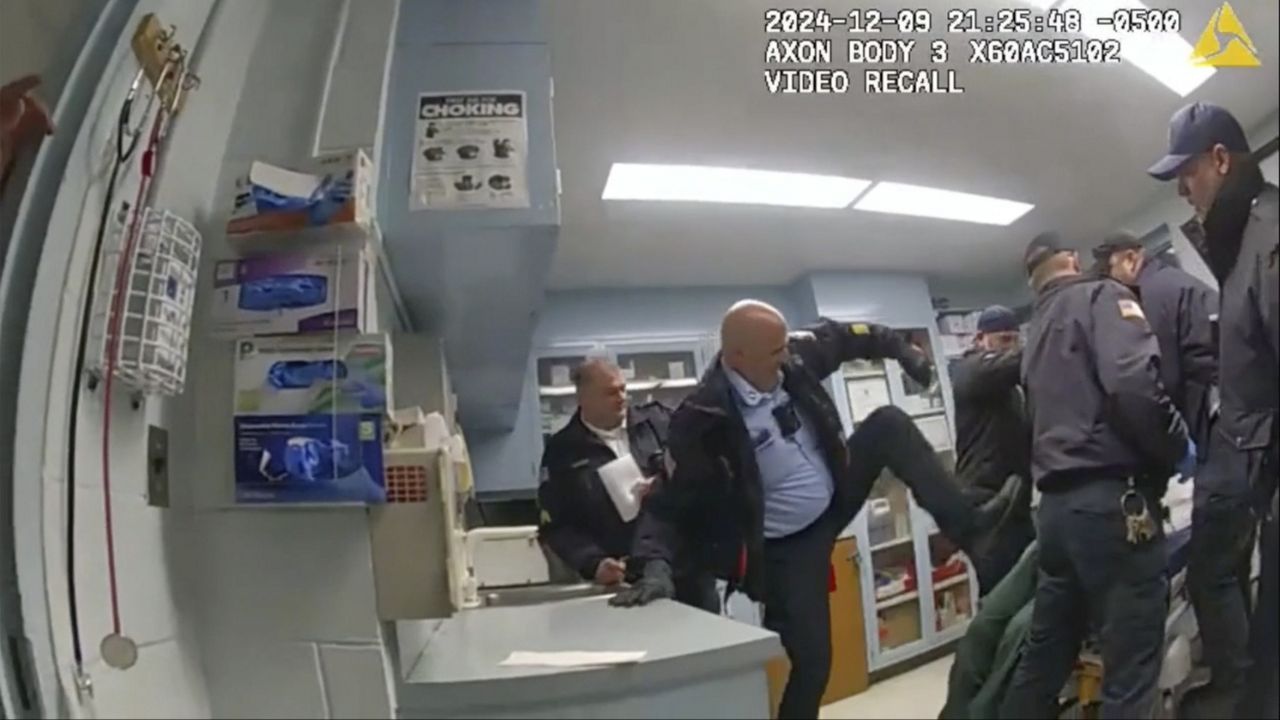On Feb. 18, the National Guard was called in to assist correction officers during the recent wildcat prison strikes — but how do members prepare for something of that magnitude?
“When we train, we’re training for combat. That combat is incredibly complex; it’s an incredibly volatile environment,” said Lt. Col. Frank Engle, the commander of the 2nd Battalion, 108th Infantry for the New York Army National Guard.
He says their training builds leaders who are able to adapt.
“[It] allows us to deploy and operate in a very unique way of environments,” said Engle.
Basic training is mandatory for all members. Monthly weekend training prepares them for deployment to state-level emergencies, including incidents like prison strikes.
“Primarily backing up the COs that were on the job to make sure that the COs were safe and the incarcerated individuals were safe, but also making sure the prisons were functioning effectively,” said Engle.
For the state prison strikes, a little more than 6,800 guardsmen were on duty, with more than 5,300 personnel in the prisons.
“So when something like this happens, we directed them on what facilities they needed to go to and we did that in concert with [the state Department of Corrections and Community Supervision],” said Brig. Gen. Isabel Smith, the director of joint staff for the National Guard.
She says they spearhead missions from their headquarters in Albany.
“We have a joint operations center that does all the planning, and then we go ahead and we share that with the units to direct them on what they need to do,” said Smith.
The unique thing about being a member of the National Guard is that, for most, it’s a part-time job.
“I’m a seventh-grade social studies teacher most of the time. I love teaching my students. I wish I was there now," said Engle. "But there’s also a need, and being a member of the New York Army National Guard, we feel that need and there’s not a whole lot of other people that can do it. So, I love this service as well."









